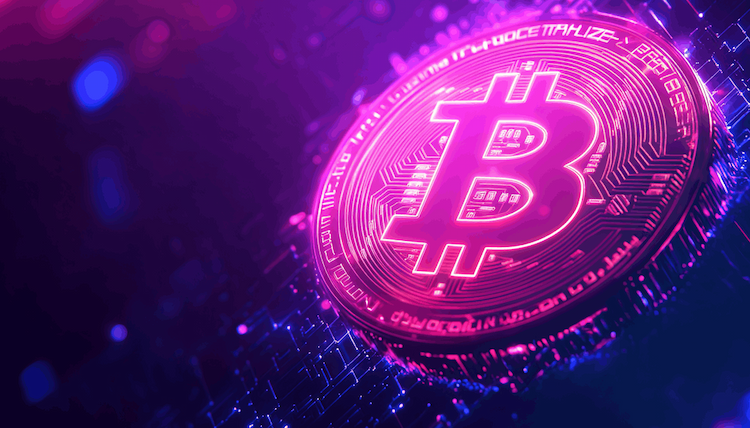
The gaming landscape is transforming rapidly with the emergence of Web3 gaming, where decentralized technologies and blockchain principles redefine the player experience. In this week's featured article, we explore the key themes and future projections for 2024 in the evolving industry of Web3 gaming.
Understanding Web3 Gaming and its 5 Key Elements
Web3 gaming represents a significant shift in the gaming industry, prioritizing genuine ownership of in-game assets, player-driven economies, and play-to-earn models over traditional games. More Web3 games are gaining traction, and as the year ends, projects are moving away from the development and alpha phases and entering beta testing phases with proper player feedback. Furthermore, the positive sentiment post-2021 bull market enables more Web3 games to launch, emphasizing user experience and streamlined onboarding.
- To ensure the success of Web3 gaming, it's essential to incorporate effective user acquisition strategies, such as transitioning from a traditional top-of-the-funnel approach to a bottom-of-the-funnel approach and utilizing web3-native quests to attract engaged and skilled players. Building an on-chain reputation without compromising personal user data is crucial for acquiring and retaining users.
- Guilds play a vital role in the development of games by providing a strong community of players and often financial backing. Furthermore, guilds can offer tailored experiences to different audiences, giving games access to unique insights and focus groups on how their games are perceived.
- Content creators are also crucial to the Web3 gaming space, particularly when it comes to esports. Prioritizing community alignment and ownership, and fostering a competitive yet inclusive environment is vital. Collaborating with content creators and communities can be done through the help of smaller content creators and grassroots, community-based tournaments, which also help put games on the map at an early stage.
- Introducing technical standards such as Token Bound Accounts in Web3 game development can bring about significant advancements. AI NFTs, when combined with Token Bound Accounts, can allow NFTs to own other NFTs, leading to novel gaming experiences.
- Choosing the appropriate blockchain platform for your gaming project is imperative by considering factors such as scalability, transaction speed, consensus mechanism, and developer support. Additionally, prioritizing experienced blockchain developers to create secure and robust smart contracts, serving as the foundation for in-game functionalities like asset ownership, transactions, and game logic is equally important.
Final Remarks and What’s Ahead
In 2024, Web3 gaming is expected to grow and gain popularity, particularly in Southeast Asia, with the Philippines playing a crucial role in its adoption. Technical standards development has created exciting and innovative gaming experiences through continuous experimentation. Ongoing development of play-to-earn models, enhanced player ownership, and integration with decentralized autonomous organizations (DAOs) are also expected.
In conclusion, Web3 gaming is leading the way in an evolving industry where decentralization, genuine ownership, and player-driven economies shape the gaming experience. The industry is committed to creating accessible, engaging, and inclusive Web3 games. The stage is set for further innovations in 2024, solidifying Web3 gaming's position as a transformative force in the gaming landscape.



